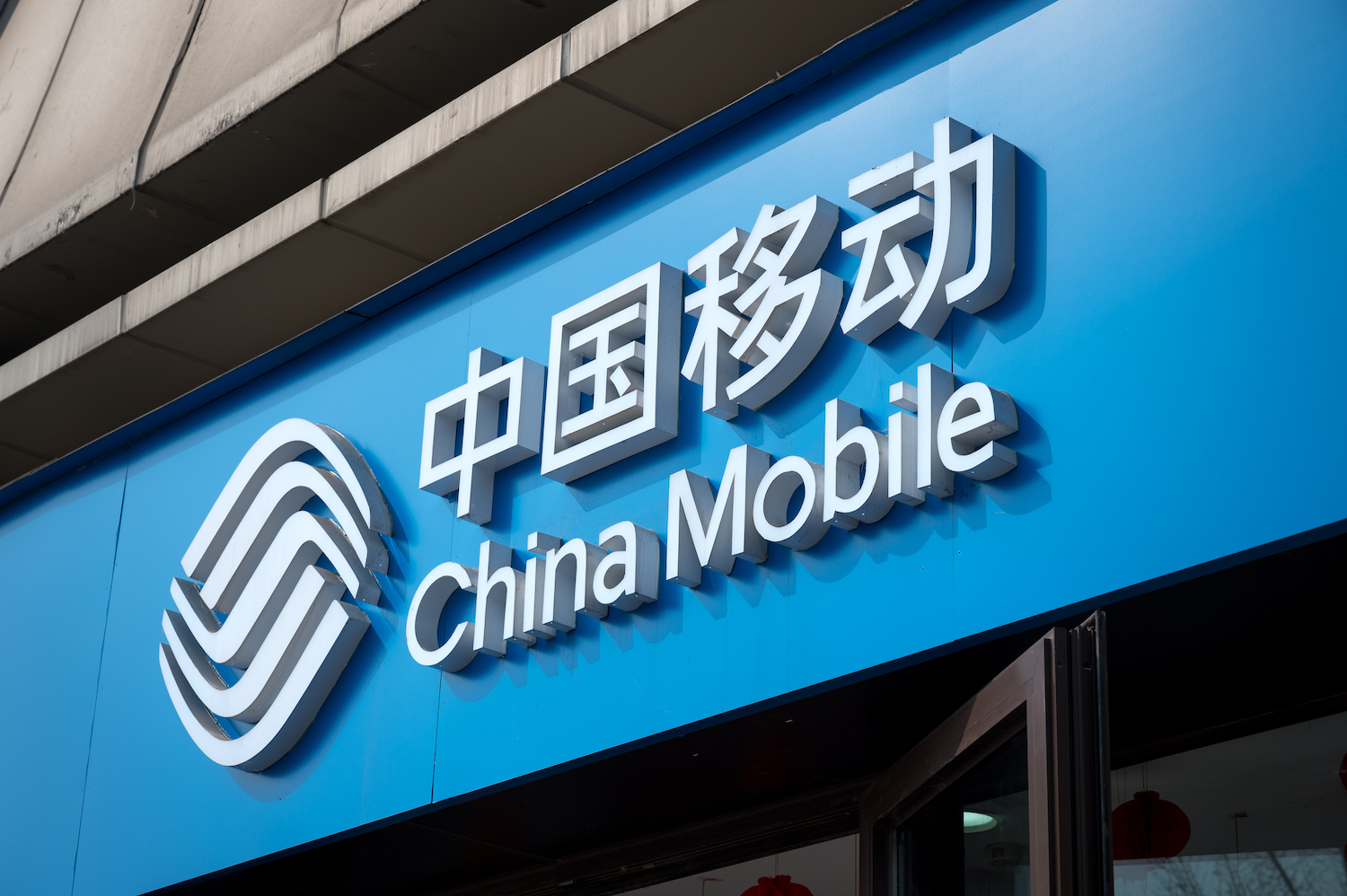China Mobile & China Unicom increase revenues and profits in 2023, but will slash CAPEX in 2024
China Mobile increased revenue 7.7% to 1.009 trillion Chinese yuan (US$140 billion) in 2023, with earnings up 3.7%. China Mobile’s biggest growth drivers were cloud computing and storage, which grew 66% to RMB83 billion ($11.5 billion), and 5G enterprise, which hiked sales by 30% to RMB47.5 billion ($6.6 billion). It also revealed it had earned RMB5.4 billion ($750 million) in 5G private networking revenue, up 113%. Its “new business” segment, which covers international, investments and applications, expanded 28% to RMB49.3 billion ($6.9 billion).
China Mobile’s capital spending was RMB180.3 billion ($25 billion), a 2.6% decrease from 2022. It gave no guidance for 2024, but CAPEX will surely decrease in 2024 and coming years due to a recent change to retain existing 5G network equipment longer than previously planned.
China Mobile’s Board on Thursday voted to extend the depreciable life of its 5G assets from seven years to ten years, based on the belief that much of its 5G network equipment will continue to be deployed after the arrival of 6G (IMT 2030) at the end of this decade (or later). The state owned telco said it expects “that 5G network investments shall be reused in 6G network infrastructure to the maximum extent, and therefore it is expected that 5G/6G networks will coexist after commercialization of 6G and 5G equipment will have a relatively long life cycle.”
The immediate effect of this decision will be to cut a massive 18 billion yuan ($2.5 billion) out of China Mobile’s depreciation bill this year. It’s the first time any major telco has formally declared that not only is it reluctant to spend on new 6G equipment, but that it also intends to keep its 5G assets as long as possible. That sends a clear warning that in the aftermath of the 5G capex binge, telcos have little appetite for big technology bets without a clear ROI.

…………………………………………………………………………………………………………………..
Meanwhile, China Unicom boosted net profit by 11.8% and topline revenue by 5.0%. Unicom said it had grown its cloud business by 42% to RMB51 billion ($7.1 billion), while its new computing and digital services business recorded RMB75 billion ($10.4 billion) in sales, up 13%.
“With 5G network coverage nearing completion, the Company’s investment focus is shifting from stable Connectivity and Communications (CC) business to high-growth Computing and Digital Smart Applications (CDSA) business. CAPEX was RMB73.9 billion in 2023. Network investment saw an inflection point.”
In 2023, Connectivity and Communications (CC) business, which encompasses mobile connectivity, broadband connectivity, TV connectivity, leased line connectivity, communications services as well as information services, achieved revenue of RMB244.6 billion. It contributed to three quarters of the service revenue of CC and CDSA combined. The Company’s connectivity scale further expanded, with the total number of CC subscribers exceeding one billion, representing an increase of about 140 million from the end of 2022.
China Unicom capital spending was flat at RMB73.9 billion ($10.3 billion), and it revealed it will slash CAPEX this year by RMB8.9 billion ($1.2 billion) or 12%.

References:
https://www.lightreading.com/5g/china-mobile-unicom-raise-red-flags-on-network-spend
https://www1.hkexnews.hk/listedco/listconews/sehk/2024/0321/2024032100246.pdf
https://www1.hkexnews.hk/listedco/listconews/sehk/2024/0319/2024031900241.pdf
MIIT: China’s Big 3 telcos add 24.82M 5G “package subscribers” in December 2023
China Mobile verifies optimized 5G algorithm based on universal quantum computer
Omdia: China Mobile tops 2023 digital strategy benchmark as telcos develop new services
China Unicom & Huawei deploy 2.1 GHz 8T8R 5G network for high-speed railway in China
2 thoughts on “China Mobile & China Unicom increase revenues and profits in 2023, but will slash CAPEX in 2024”
Comments are closed.



China Unicom chair and CEO Chen Zhongyue targeted stable operating revenue gains and double-digit profit growth in 2024, with network investment peaking last year as its 5G coverage goal was nearly reached.
Full-year capex is forecast to decline about 12 per cent year-on-year to CNY65 billion ($9 billion).
For full-year 2023, net profit grew 11.8 per cent to CNY18.7 billion. Operating revenue increased 5 per cent to CNY372.6 billion, while service revenue was up by the same amount to CNY335.2 billion.
The operator added nearly 48 million 5G package subscribers to end 2023 with 263.9 billion, representing 79 per cent of its total mobile user base of 333 million.
Private 5G networks deployments more than doubled from a year earlier to 9,185; IoT connections increased 27.9 per cent to 505.7 million.
Unicom Cloud sales grew 41.6 per cent to CNY51 billion and capex was stable at CNY73.9 billion.
The company added 220,000 mid-band 5G base stations, taking the total to 1.2 million. It also operates 680,000 900MHz sites, with the number of shared LTE sites exceeding 2 million.
https://www.mobileworldlive.com/operators/china-unicom-expects-profit-gain-as-capex-falls/
WSJ: Huawei’s Return Is Case Study in U.S. Power—and Its Limits
Huawei, China’s telecom and mobile-technology champion, is a poster child for the country’s high-tech ambitions—and a symbol of Washington’s determination to cut them down to size.
Its surprising resilience, with important caveats, in the face of U.S. sanctions therefore says a lot about how the tech war is likely to unfold in the years ahead.
U.S. sanctions, which limited Huawei’s ability to source components for its phones and other gadgets, have indeed been devastating. Revenue at Huawei’s consumer division, mainly smartphones, more than halved between 2020 and 2022. That’s partly because it sold its budget Honor brand to save the business from sanctions. But its sales overseas and in the premium segment have also plummeted.
That hasn’t been enough, however, to deliver a knockout punch. Huawei said in December that it expects revenue for 2023 to grow around 9% to around 700 billion yuan, equivalent to $97 billion. That would be around 21% lower than the peak in 2020, but is still impressive for a firm that, just three years ago, seemed to be facing a death sentence.
The launch of Huawei’s premium Mate 60 Pro smartphone last year caught Washington by surprise. The phone is made using chip technology comparable to the so-called 7-nanometer process, thought to be impossible given current sanctions. A breakthrough by China’s semiconductor industry appears to be the reason, although it still isn’t clear how economic the process is, or how easy it will be to scale.
Nonetheless, the phone is a smash hit in China. Despite a weak start to the year, Huawei’s smartphone unit sales in China grew 64% year on year in the first six weeks of 2024, according to Counterpoint Research. That likely came at the expense of Apple, whose sales dropped 24%. Apple was the No. 1 player in China last year, with around 18% of the market, according to Counterpoint.
Huawei’s telecom-equipment business has withstood sanctions much better. Revenue there only dropped 6% between 2020 and 2022. Huawei’s share of the global telecom-equipment market was 30% in 2023, according to research firm Dell’Oro. That is roughly stable over the past few years.
That’s partly because the component volumes needed for making equipment such as base stations is much smaller than for shipping hundreds of millions of smartphones. So it’s easier for the company to work around supply issues by using stockpiled components or replacing them with Chinese suppliers. For the West, swapping out network gear takes much longer than just buying a new smartphone. And China and other developing countries are sticking with Huawei.
Washington seems likely to respond with new restrictions on component sales to some Chinese component suppliers. That may succeed in slowing down further advances and would ensure that Huawei, and China’s advanced chip-making industry more broadly, continue to face an uphill battle. But the further down the technological ladder sanctions extend, the more difficult they are to enforce—as the West has discovered with Russia since 2022.
https://www.wsj.com/business/telecom/huaweis-return-is-case-study-in-u-s-powerand-its-limits-b6175cff